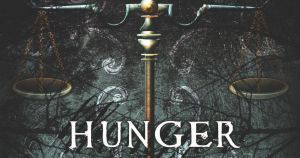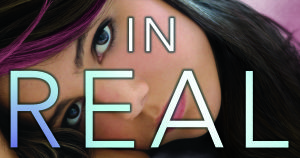
A Letter to Writers About Autism
My name is Philip and I write to communicate. Authors who write about us should first learn from us; in their stories, they should present us as whole characters with interests and personalities.

My name is Philip and I write to communicate. Authors who write about us should first learn from us; in their stories, they should present us as whole characters with interests and personalities.

Hunger sings with authenticity. Lisabeth’s anorexia is visceral, bordering on uncomfortable, exactly as it should.

While Rory’s portrayal isn’t flawless, it’s well researched, and a significant step in the right direction of treating autistic characters as regular teenagers and integral parts of the cast.

When Deenie was first published, it may well have been a positive representation of the experience of a child with scoliosis, but it hasn’t held up well.

We invite Courtney Summers to the blog to discuss researching and writing mental illness, disability in her zombie novel, and the lack of diversity in apocalyptic narratives.

The story suggests that Kira’s talents as a threader make up for her disability, justifying her continued survival–with the disturbing implication that without it, she would be worthless.

One of the more authentic reflections I have seen of what it can be like to grow up deaf—this is the kind of book I wish I could have had when I was younger.
We’re looking to expand the Disability in Kidlit team, as the website has grown in popularity in recent months and we’re working on exciting new projects.

Overall, I was very pleased with Al Capone Does My Shirts and how it depicts autism. Moose and Natalie are complex and endearing characters who remain with you long after the book is closed.

I saw a lot of myself in Drea, and I imagine other autistic folks will be able to do the same. It was so nice to see accurate representation, because as an autistic person, I don’t see that very often.